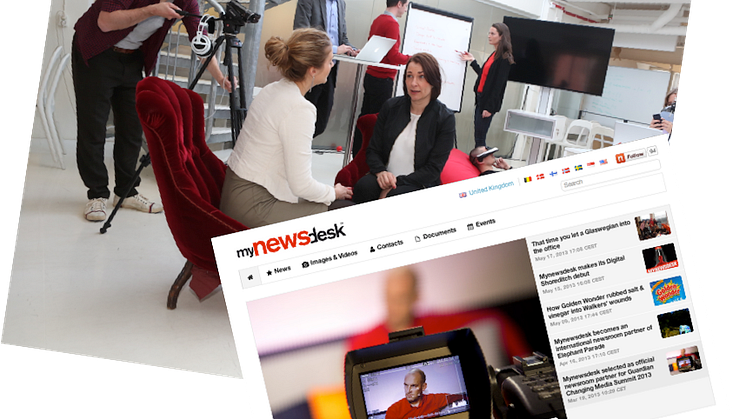
Blog post -
Could killing the press release harm the storytelling process?
Ashley Brown, Coca-Cola’s global director of digital communications and social media, recently said he was on a mission “to kill the press release”.
But we should pause for a minute before we put the press release to the sword once and for all. We need to ask: what do journalists want?
It’s all about trust. Marketers telling their own stories are always open to the accusation of bias.
That’s why PR coverage in a respected publication - “earned media” - is valued so highly by brands. There’s a perceived credibility that comes with having your story told by a trusted expert or influencer rather than simply saying it yourself, which is essentially advertising.
And even in the internet age, when a review or comment from “a person like me” on TripAdvisor, Amazon, Twitter or Facebook plays a huge part in our perception of a brand, we still look to the media or blogs for expert opinions to help shape our own views.
But increasingly brands are deciding to cut out the middle man and tell their own story.
Brown says Cola-Cola’s PR team is challenged to think beyond a press release or a toolkit, to ask: “what is a two-minute, really high quality video, that someone would actually want to share?”
He’s right, of course. Video is a vital part of the content mix, and the more shareable the better, whether you’re going directly to social media or trying to seed it first with influential bloggers or journalists.
Journalists I’ve worked with (I started out 15 years ago in magazine editorial before moving into digital comms) always respond best to the brands that make their jobs easier.
A press release is (or at least should be) designed to make a journalist’s life easier. It’s a tool for communicating the key points of a story in the most efficient and clear way. A press release is not a finished story. The journalist’s job is to take the information, find the angle, and tell the story.
Seven years ago, when the journalist Tom Foremski wrote Die! Press Release! Die! Die Die!, he argued for a new kind of deconstructed news release - providing all of the facts and assets in a spin-free format so that a journalist could easily take those pieces and assemble their story - he was actually campaigning for the evolution rather than abolition of the press release.
Yes, brands should create their own stories, but if they only publish finished stories then they are in danger of alienating journalists and bloggers, who see themselves as the storytellers and the brands as the source of raw material.
Ashley Brown built his team at Coca-Cola by hiring almost exclusively journalists. That’s great for Coca-Cola, but just imagine for a moment a world where all journalists work for brands. I think people will always value the independent viewpoint provided by the media, and as long as that’s true, it’s in brands’ interests to give journalists and bloggers (the ones who don’t work for them) information in the way they want it.
Today that means providing all of your multimedia content in an online newsroom, with everything tagged and search optimised. If you can provide the facts, the evidence, the images, the videos, the infographics, the quotes and everything else all in one place - with each piece of content related and linked, then you will make the journalist’s life much easier, and they will be much more likely to tell your story for you.
What do you think? How do you think journalists and bloggers want to get news and content from brands?
@adamcranfield
@mynewsdesk_uk

